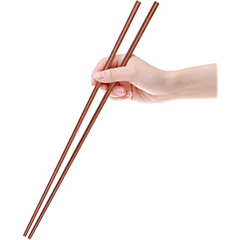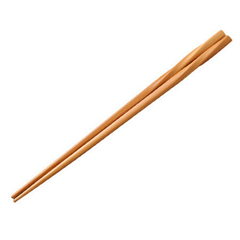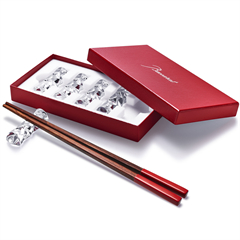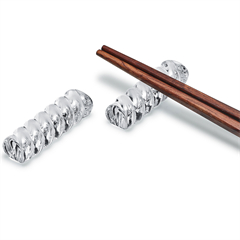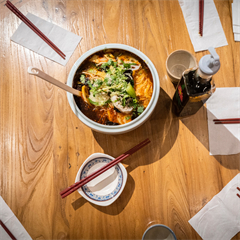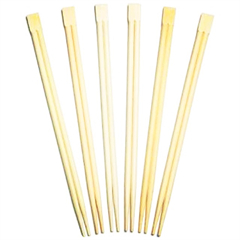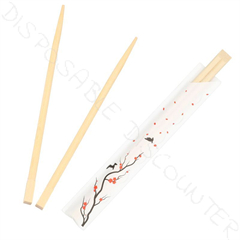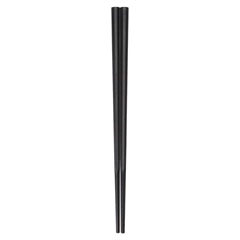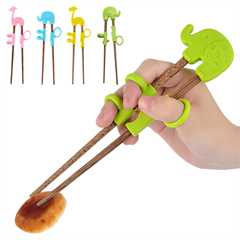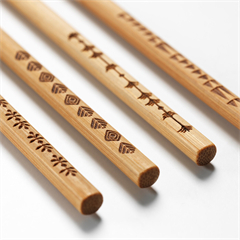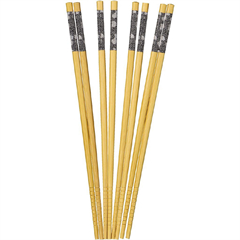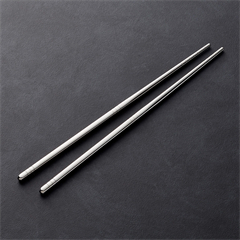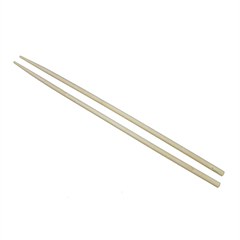Chopsticks are shaped pairs of equal-length sticks that have been used as kitchen and eating utensils in most of east asia for over three millennia. They are held in the dominant hand, secured by fingers, and wielded as extensions of the hand, to pick up small pieces of food. Chopsticks are smoothed, and frequently tapered. They are traditionally made of wood, bamboo, metal, ivory, and ceramics, and in modern days, increasingly available in non-traditional materials such as plastic, stainless steel, and even titanium. Here introduce 4 types of chopstick material:
Bamboo and wooden chopsticks
Plastic chopsticks
Metal chopsticks
Other materials
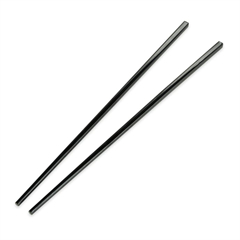
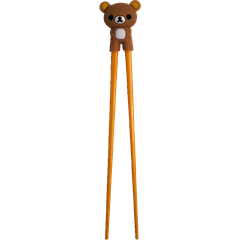
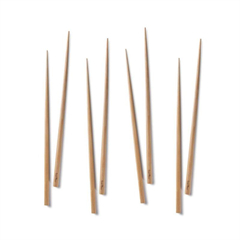
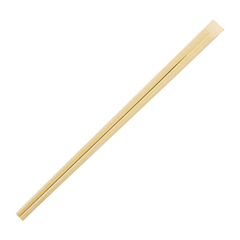
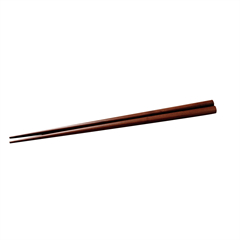
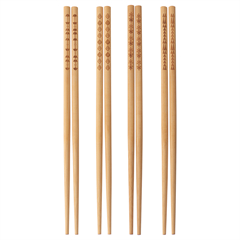
Bamboo and wooden chopsticks introduce.
Bamboo and wooden chopsticks are relatively inexpensive, low in temperature conduction, and provide good grip for holding food. They can warp and deteriorate with continued use if they are of the unvarnished or unlacquered variety. Almost all cooking and disposable chopsticks are made of bamboo or wood. Disposable unlacquered chopsticks are used especially in restaurants. These often come as a piece of wood that is partially cut and must be split into two chopsticks by the user (serving as proof that they have not been previously used). In japanese, these disposable implements are known as waribashi.
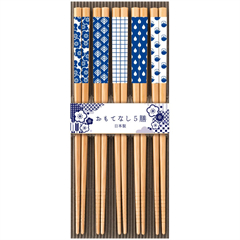
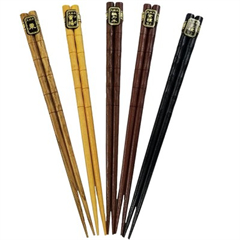
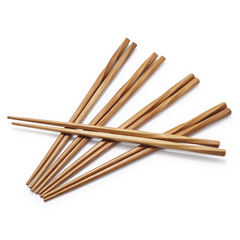
Plastic chopsticks introduce.
Plastic chopsticks are relatively inexpensive, low in temperature conduction, and resistant to wear. Melamine is one of the more commonly used plastics for chopsticks. Plastic chopsticks are not as effective as wood and bamboo for picking up food, because they tend to be slippery. Also, plastic chopsticks cannot be used for cooking, since high temperatures may damage the chopsticks and produce toxic compounds.
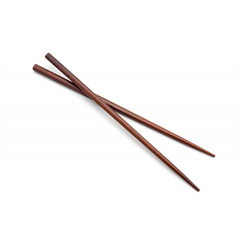

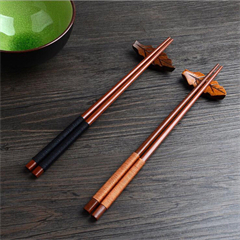
Metal chopsticks introduce.
Metal chopsticks (largely unique to Korea) are durable and easy to clean, but present a slippery surface. Stainless steel is a common metal used to make chopsticks, but chopsticks can be purchased at prices comparable to a good pair of wooden chopsticks. Silver is still common among wealthy families, and as part of gift sets.

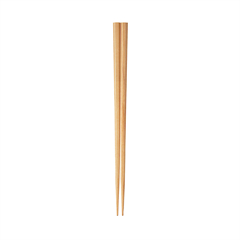
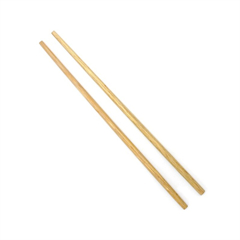
Other materials introduce.
Other materials such as ivory, jade, gold, and silver are typically chosen for luxury. Silver-tipped chopsticks were often used as a precaution by wealthy people, as it was believed that the silver would turn black upon contact with poison.
